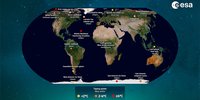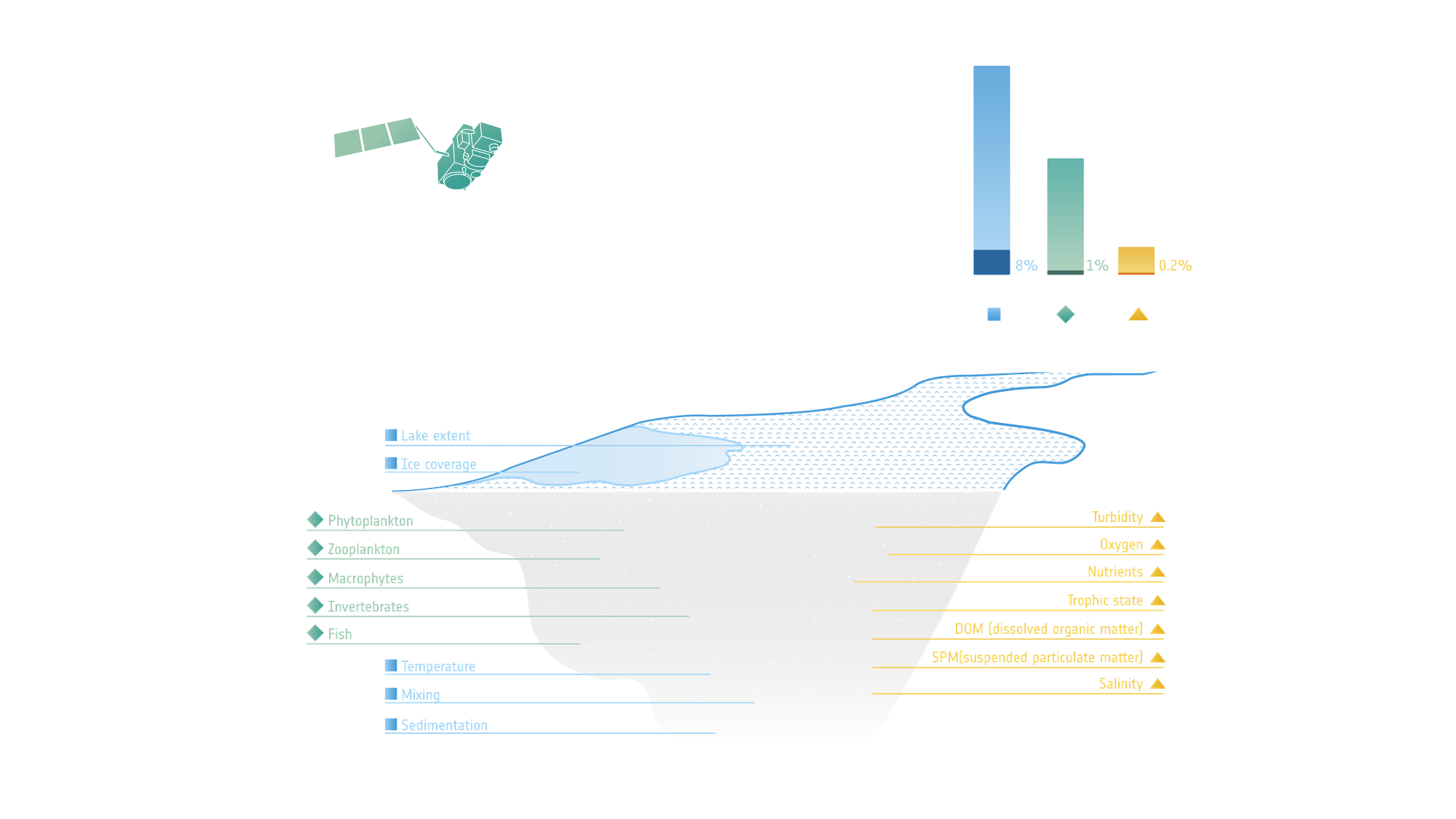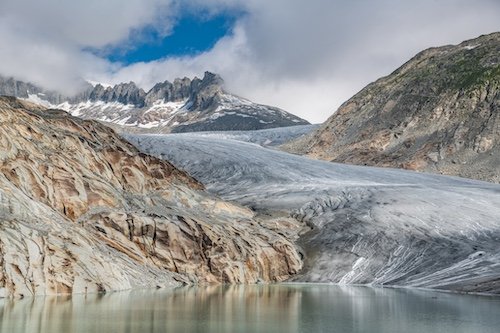Summary of RESETlakes (REmote SEnsing of Tipping points in Lakes)
The objective of this project is to use Earth observation satellite data and numerical modelling for the early detection of tipping points in water bodies, in order to ultimately avert socio-economic damage.
Tipping points are critical thresholds where even subtle environmental changes can lead to drastic and possibly irreversible shifts in an ecosystem. They are of double importance for aquatic ecosystems. On the one hand, aquatic ecosystems can undergo such transitions themselves; on the other hand, they can be severely affected by tipping elements in their catchment area and/or the overlying atmosphere. These effects can change the biological, chemical or physical state of water bodies, such as lakes, to the extent that their use for consumption, industry, navigation or tourism is reduced.
Background
Lakes are experiencing dramatic physical, hydrological, and biogeochemical changes due to climate change, leading to potential ecological tipping points. Some of the key changes include rising surface temperatures, decreasing ice cover, increased evaporation, and altered mixing regimes. Global lake surface temperatures have increased by 0.34°C per decade, while ice cover duration is shortening, altering vertical mixing and prolonging summer stratification. These shifts may convert many dimictic lakes (mixing twice per year) into monomictic or oligomictic lakes (mixing less frequently), disrupting aquatic ecosystems.
The loss of ice cover increases evaporation, leading to higher water loss, particularly in high-altitude and high-latitude lakes. Projections indicate a 16% increase in global mean annual evaporation by the century’s end. If precipitation (or the volume of inflowing from rivers) does not compensate for this increased evaporation, lake volumes may decline, potentially drying some lakes and converting permanent lakes into ephemeral ones. However, certain regions, such as the Tibetan Plateau and the Arctic, have seen lake expansion due to glacial melt and thawing permafrost.
The decline in ice cover reduces lake albedo, leading to increased heat absorption and further warming. This feedback loop accelerates lake warming, prolongs stratification, and alters ecological dynamics. Additionally, climate change affects greenhouse gas exchanges in lakes, with reduced ice cover leading to higher productivity, algal blooms, and altered mixing. Less frequent mixing depletes deep-water oxygen levels, potentially triggering hypoxic conditions and methane release, exacerbating climate change. Biogeochemical changes also impact nutrient cycling, increasing the risk of eutrophication and altering the balance of carbon storage in sediments.
Catchment-wide changes, such as shifts in land use, precipitation, and pollution, further drive lake transformations. Increased runoff from extreme weather events enhances nutrient and dissolved organic matter loads, leading to water discoloration, eutrophication, and potential human health risks. Additionally, permafrost thaw and glacial retreat modify lake extent, chemistry, and transparency, while wildfires contribute to material runoff that impacts lake productivity and food webs.
Lakes play a crucial role in climate feedback mechanisms. Enhanced evaporation, reduced albedo, and increased methane emissions contribute to regional and global climate change. High-altitude lakes influence local precipitation patterns, while Arctic and alpine lakes experiencing ice loss exhibit amplified atmospheric warming. The combined effects of these changes could push lake ecosystems toward irreversible tipping points, with significant ecological and climatic consequences.
Aims and objectives
RESETlakes aims to enhance our understanding of the risk and processes associated with tipping elements and abrupt changes or transitions in lake ecosystems. By leveraging satellite Earth observation and process-based modelling, the project aims to:
- Identify and understand tipping points: Investigate the resilience and tipping points of lake ecosystems, focusing on critical factors such as ice cover, water temperature, and biogeochemical properties.
- Integrate satellite data with models: Develop advanced methodologies to integrate satellite EO data with in-situ observations and models, improving predictive capabilities and process understanding.
- Explore broader implications: Analyse how changes in lake systems affect biogeochemical cycles and climate feedback mechanisms, providing critical insights into the health and stability of these sensitive ecosystems.
- Contribute to IPCC assessments: Address key research questions related to the interactions and impacts of tipping elements, contributing valuable insights to future IPCC assessments.
- Quantify and characterise uncertainties: Develop robust methods to quantify and characterise uncertainties in the analysis, both in terms of satellite EO and numerical modelling, ensuring reliable results that strengthen confidence in our findings.
- Promote ecosystem resilience: Through this research, we aim to contribute to the preservation and resilience of lake ecosystems in the face of the ongoing climate crisis.
Eawag
Eawag is one of the world's leading aquatic research institutes for the study of water as a habitat and resources for identifying problems at an early stage and for developing widely accepted solutions.
Project role: Earth observation algorithm development, project management
Bangor University
Project role: Numerical modelling, scientific analyses, scientific lead
Science Leader: Dr R.I Woolway (Bangor university) - iestyn.woolway@bangor.ac.uk
Project managert: Dr Daniel Odermatt (Eawag) - daniel.odermatt@eawag.ch
Technical officer: Dr Sophie Hebden (ESA) - sophie.hebden@esa.int
Latest news & events

CCI colocation & CMUG integration meeting 2026
Annual gathering of the CCI community for ESA programme updates, scientific progress, and forward-looking discussions.
Meer leren
New Position: Junior Professional in AI for Climate Science
Opportunity for early-career Artificial Intelligence talent to join ESA’s Actionable Climate Information Section
Meer leren
Earth Observation identified as a Key Tool for Tipping Point Preparedness
Space data is considered critical to early-warning and preparing for Tipping point impacts
Meer leren
Working for ESA: procurement and proposal submission process
An Introduction to ESA Star - ESA's System for Tendering and Registration
Meer leren






